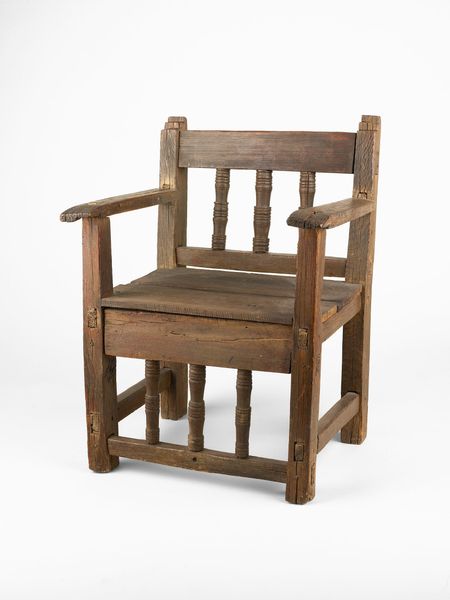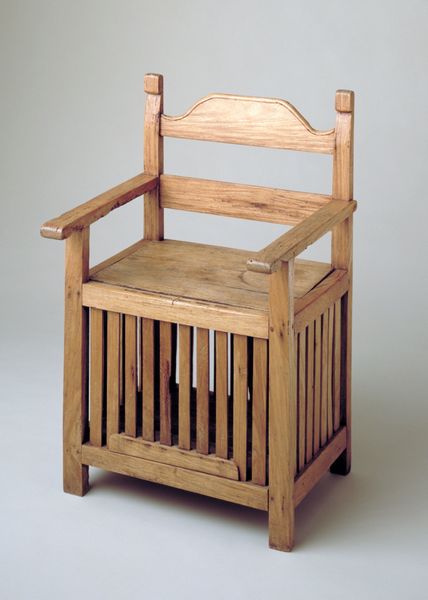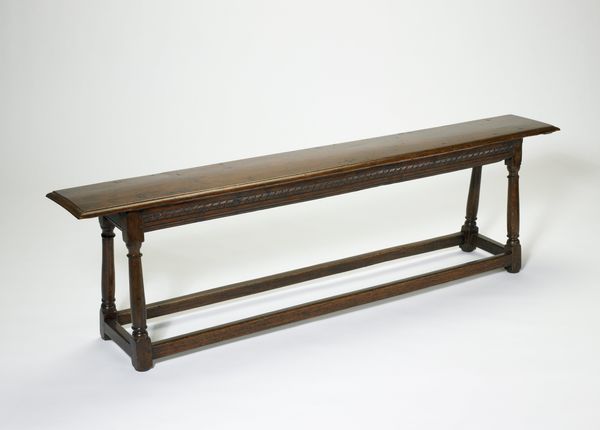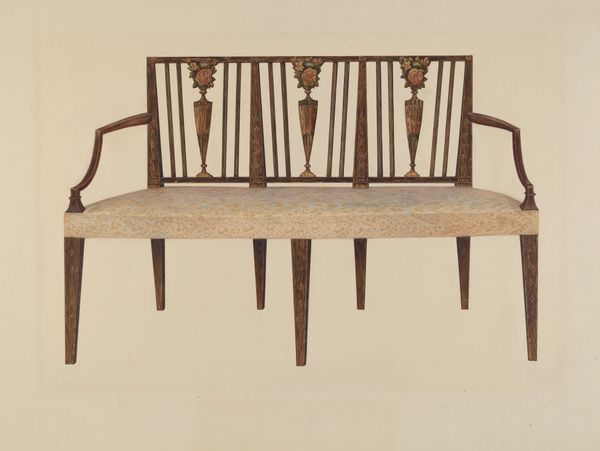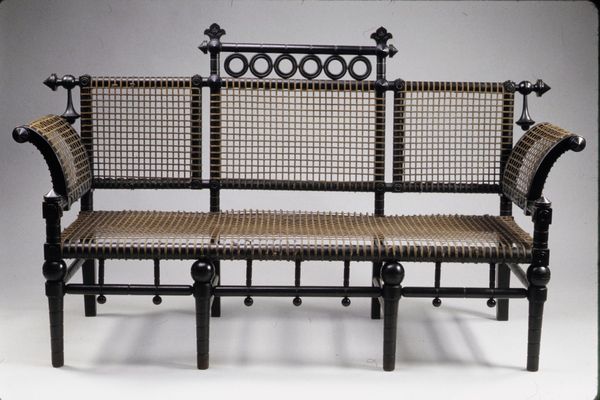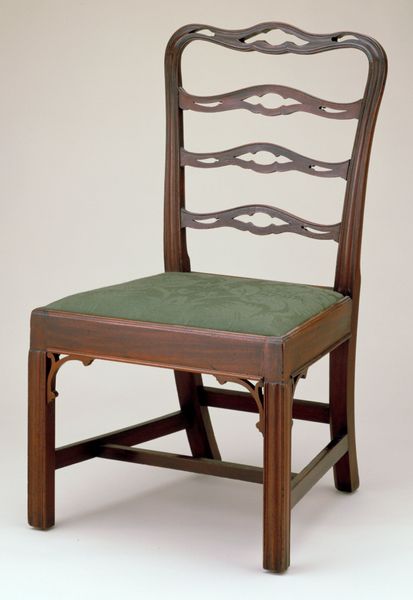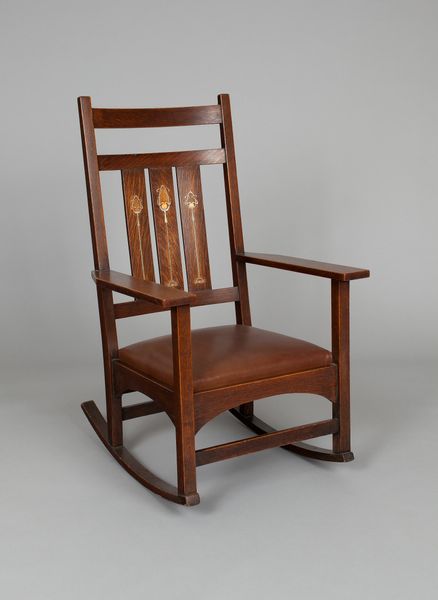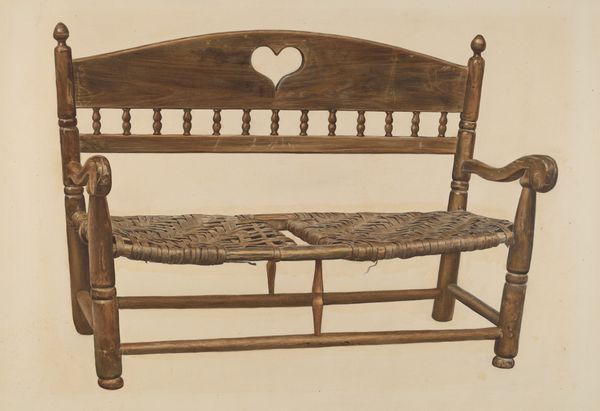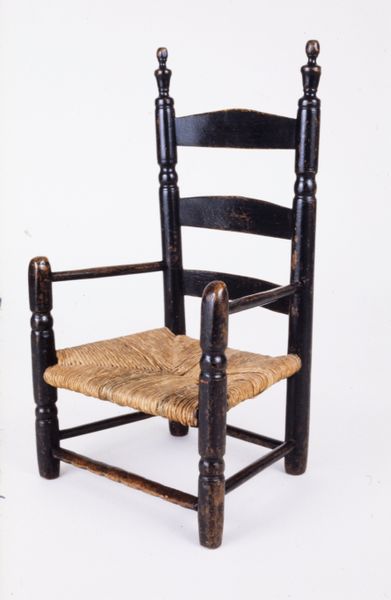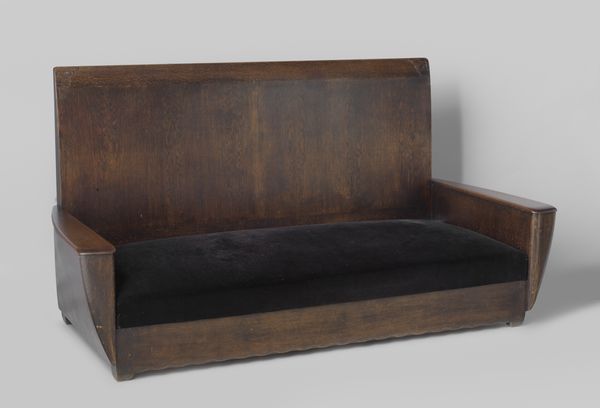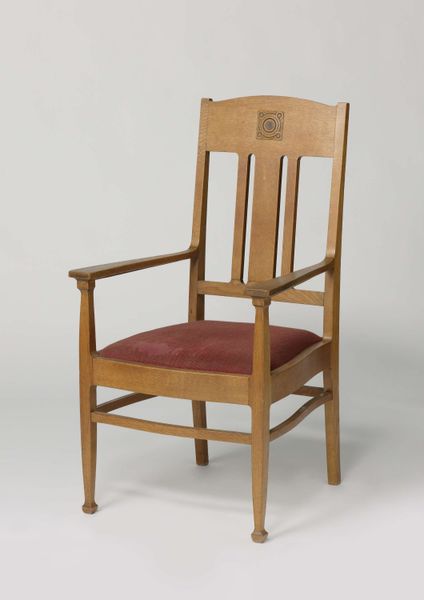
wood
#
furniture
#
wood
Dimensions: 35 x 48 x 18in. (88.9 x 121.9 x 45.7cm)
Copyright: Public Domain
Editor: This is *Bench (Kapiya)*, crafted around 1880 by an anonymous maker, now held at the Minneapolis Institute of Art. It's a simple wooden bench. I find the scalloped trim surprisingly delicate against the roughness of the wood. What do you make of it? Curator: What immediately grabs my attention is its raw, unrefined construction. We must consider the tools used and the social context surrounding the maker. Was this piece intended for everyday use, or was its function more symbolic? How does the act of carving that trim interplay with labor practices during that time? Editor: Symbolic use? The rough material feels more practical than decorative. Curator: Indeed, but notice how the wood speaks to its local environment? Where did the wood come from? Who was involved in its production? I believe that, considering materiality allows us to rethink the very nature of "art" versus mere functional object. Can an object intended as mere furniture also possess artistry? Editor: I hadn't considered the origin of the materials themselves. Does knowing more about the bench's creation change how we value it? Curator: Precisely! The labour invested in its making elevates the value. We must challenge the boundary between 'art' and 'craft,' by acknowledging that even utilitarian pieces bear the stamp of the maker's hand and their environment. Each carved detail holds more information. Editor: So by examining the wood, the tools used, and the process of creation, we can gain a deeper understanding of the maker and their world? I appreciate learning how to interpret artwork in a whole new way. Curator: Absolutely! It reframes art appreciation as a conversation with not just the artwork but also with a bygone society and its means of production. A fascinating method!
Comments
No comments
Be the first to comment and join the conversation on the ultimate creative platform.
